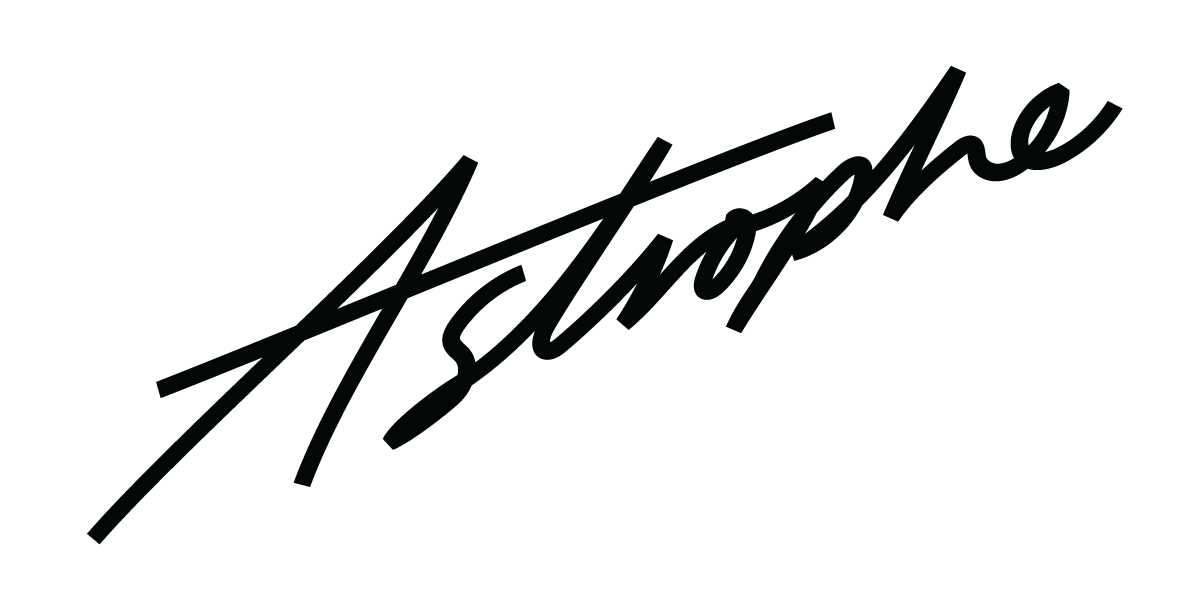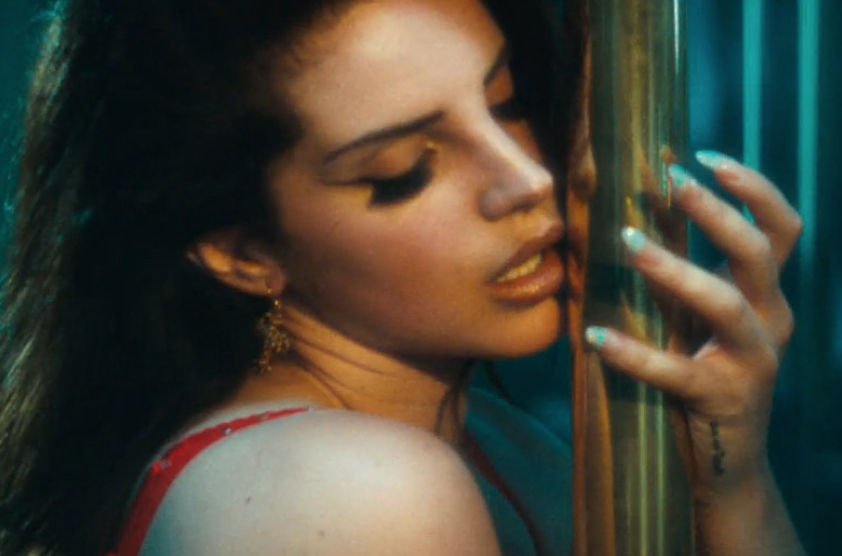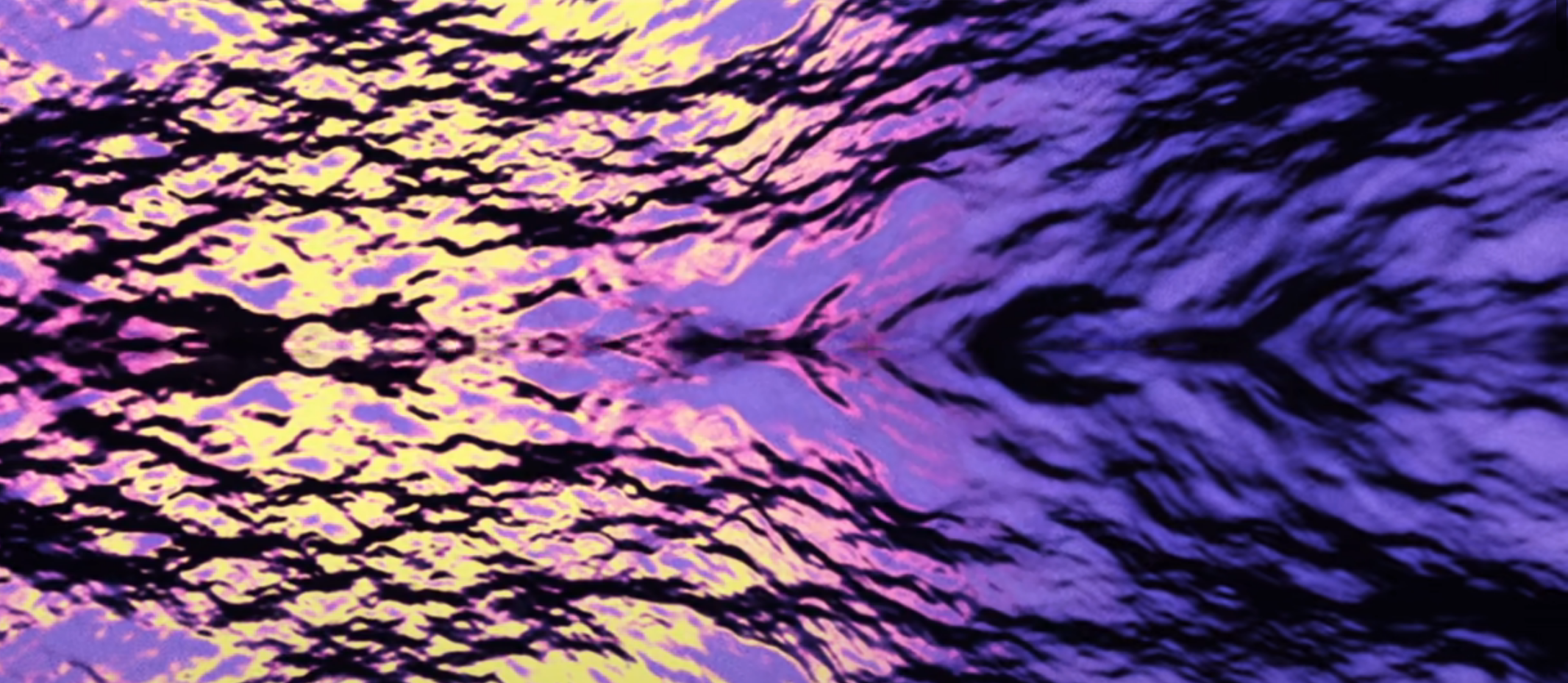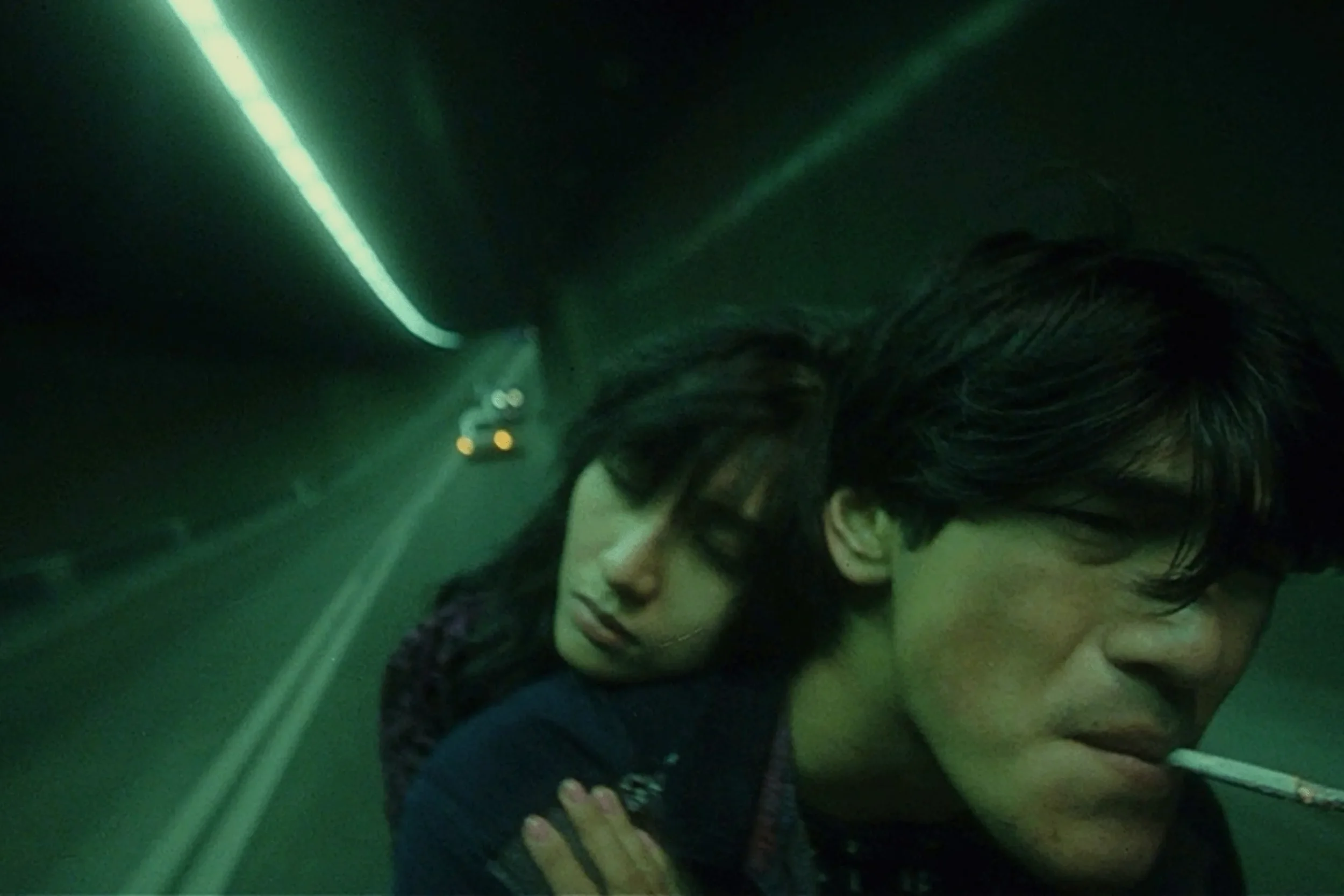THE LANA YEARS: A Consecration of Girlhood, Substance, and Sin
I was cooling some dumplings to eat when I first came across Blue Jeans by Lana Del Rey. It was 2014, the track was peeled off of some shoddy lyric video with a photo of the songstress pouting in a mod sixties swimsuit. (I carefully noted the expansiveness of her thigh gap.) All this, however, flitted out of my mind the second the thrums of the guitar’s opening note came on. In days, I had the song committed to memory and the grainy image hard-printed on the back of my school locker.
I don’t think I will ever be able to spell the devastation and impact of a single white woman on an entire generation out into words.
This is not an artist’s profile on Lana Del Rey. This is not a love letter, a tribute, not even a heated defence tabulated by wearied years fighting for her honour while she continued to be a figure mired in controversies: some validated by her online erraticisms, some consisting entirely of crowd dogpiling in the age of cancellation. This is coming to terms with the seven-year growth that has taken hostage over my brain, and how it became the murky springboard for today’s me and how I view the artifice of my own sexuality. I want to approach Lana Del Rey’s mutability as an artist, self-adorned muse, and symbol of Old-Hollywood glamour, and how that has fused in an infinite lifetime of ways when regarding my own teething sexuality as a woman of colour.
As an intercultural symbol of budding femininity, Lana has dredged up a lot of damage on impressionable youth — but let’s go beyond that assertion and probe into how Del Rey’s legacy has created a teutonic shift — one expansive enough for today’s lovelorn to wade through their own sexed expression. Which is to say this: At the intersection of girlhood and sexed creature lies self-autonomy; and I am here to upend the idea that Lana Del Rey is responsible for bolstering — not disinhibiting that.
I remember standing outside my local shopping centre’s H&M openmouthed during her Blue Velvet brand collaboration, and devising a plan shortly thereafter to scrap the $239 HKD ($30 USD) needed to buy a piece from the collection. The crumpled poster of her looking bereft in a pink mohair sweater still sits next to my vanity today.
“I want to approach Lana Del Rey’s mutability as an artist, self-adorned muse, and symbol of Old-Hollywood glamour, and how that has fused in an infinite lifetime of ways when regarding my own teething sexuality as a woman of colour.“
In a time of little autonomy, Lana thwarted all expectations that seemed to anchor other artists down. The religious tableaus of Born to Die and Tropico read as particularly sensational for someone who had never wrapped their head around iconoclasm, or even knew it to be a concept that defied my very own denominational upbringing. I was so tightly furled in those Sundays of my childhood that the first time I came across the all-too-familiar motifs of the fall, forbidden fruit, and evil in the form of flesh, I almost sagged in relief that there was more to what I knew. Wresting with that sense of control only fortified as I grew into my body, grew at every fork in the road where I could replicate trinkets of Lana’s world and affectations within my own life.
Tropico, aptly titled as a “Tale of Redemption”, felt intimately aligned with those tender years. The three-part short intersperses Body Electric, Gods & Monsters, and Bel Air within a narrative of downfall, infamy, dark and light — featuring Del Rey as Mary, Mother of Christ and more lengthily as Eve, who is responsible for the first instance of gatekeeping recorded by man. Not without its flaws, (in a portion of the film during the ‘fallen’ period, Lana attempts to recreate herself as a hispanic Chola archetype with the teardrop tattoo to boot.
You can never say that this woman half-asses anything.) Del Rey and Adam in the flesh of model Shaun Ross are cast out, and forced to fend for themselves — the film climaxing with the two resorting to bloodshed and then anointing themselves in golden light before being raptured back into heaven, Grease-style in an open-aired buggy.
Recently, I wrangled my household into rewatching the 28 minute short. Though we poked holes through Lana’s depictions of ‘debauched’ states of being, weaving through a nightclub scantily clad in a red-tasselled bra, or passing a joint with her equally pouty-mouthed clique,
I couldn’t help myself. When her name rolled out in the after credits I stood up and clapped.
Maybe what struck me most about Tropico was that the two found their ways back to themselves through something that never left them to begin with. Their found curiosity for the mythical only rekindled the baser natures of what was familiar, what was known. Lana’s storytelling and lyricism is famed for its imbuement of The Hero’s Journey, the narrative monomyth that functions as a template for much of western mythology. Though the journey can be upwards of twelve steps, the basic formula is as follows: Adventure, a crisis that calls for transformation, and the return home. Lust for Life’s Get Free kicks off with this exultant proclamation:
“Finally,
I'm crossing the threshold
From the ordinary world
To the reveal of my heart,”
The verse tapers off with what Lana terms her “modern manifesto”, a commitment to authenticity in her craft, and to undergo the evolution needed to reach dizzying new heights. Del Rey draws on the imagery of charting the sexual unknown, foregoing the familiar in order to return to it. I fail to see the trailblazing as a singular trope — how can we, when Lana has urged us to cross-examine the linings of what make us us? The threshold that awaits is one that beckons us out of the mundane and sheds light on our evolution, however that may take shape.
I recall the excitement of one of the first parties I had ever attended in my teenhood, wobbling past Hong Kong’s CBD in a pair of clunky boots. It was precocious how eagerly I leapt at the chance to perform woman to anyone at-reach. I had been leaning on one of the marble pillars of the local bank, a popular rendezvous spot for girls like myself for its proximity to the station exit, but more importantly, the long-winding strip up to Lan Kwai Fong — Hong Kong’s fabled drinking district. There had been a tap on my shoulder from a concerned passerby who could see through my nebulous disguise for what I was: barely sixteen.
“Are you alright?” The lady’s face was creased up in worry. In hindsight she must have been no older than I currently am, but at the time she seemed wise.
“You look cold, and there are some men leering at you. Do you want to wait inside with me?”
Two things happened in flux: A bolt of thrill at being discerned, and an apprehension that dawned quickly after that this was a world I had yet to inhabit. I thanked her, continued to fend off stares with a clumsy coolness, and wended my way up to the party with my friends in tow.
Later we parked ourselves outside for some air. Against all odds, I had made it. “To be one human creature is to be a legion of mannequins,” Leona Carrington proclaims, through the mouth of a goddess in one of her novellas. I was sticky, I kissed two faceless strangers who groped indiscriminately around my rump, and most notably, I had my first spate of womanhood; no matter how protracted or exploitative. It was my fait accompli. The unknown no longer existed out of my reach. No matter, because I had crossed into the gauntlet of feminine furore. Not only could I flag the presence of the male gaze — I had the choice to court it. In her music, Lana tells us Kristeva’s formula can be exacted in our own lives: neither subject or object, but agent over both. I like to think that the tight little nubs of me opened with the possibilities of being in charge of my own body.
We see this in Tropico through the fall of Adam and Eve — the tale closes so that humanity is not cast out and left to fend for their craven curiosity, but so they may return as they once were, once that thirst for knowledge has been quenched. When I have to dredge up that me from those summers, she cuts a pathetic figure. I sit with the knowledge that I subsisted off the well of attention flung my way without resenting that engrossment which had shaped my own pilgrimage. I think of Kristeva’s entrance into the symbolic order; the rupturing of the archaic in order to become, how a lot of our journeys are shaped by this idea of lucid entry.
This feels all the more prescient in light of Del Rey’s recent decision — an indefinite social media hiatus effective immediately, despite the uproar from her latest Blue Banisters album release. In her typical flighty manner, she linked her music video from ‘The Greatest’, a beloved track from her Normal F**king Rockwell saga, in which she lovingly hints that an end of sorts is near. She sings, “The culture is lit, and if this is it, I’ve had a ball. Guess I’m signing off after all!”
Her departure becomes all the more striking when considering her hiatus — effective since she’s teased the sixth addition in her gauntlet — Blue Banisters, a dizzying triumph of her fabled ‘fall’ from digital grace. But Lizzy Grant’s work is never done. The re released single Buddy’s Rendezvous takes form as a hit feature on Father John Misty’s album, evincing all hopes of the singer to stay out of the limelight. Long-zealous stans have taken to Twitter — as well as Del Rey’s legendary private Instagram, Honeymoon, to pledge their fealty in wake of the drop.
In it, she paints the familiar portrait — Whatever happened to the girl I knew? In the wasteland, come up short and end up on the news? — who moves her to tears, grating-sweet and piercingly nostalgic. Lana Del Rey is fusing together the interlocking tenets of what the modern woman knows, wants, reimagines herself as — in one fluid single, she’s reduced me to the same girl who fell in love with her at my inception, or perhaps, like Del Rey, my creation story had to end in order to begin.
Words by Karen Leong.

















